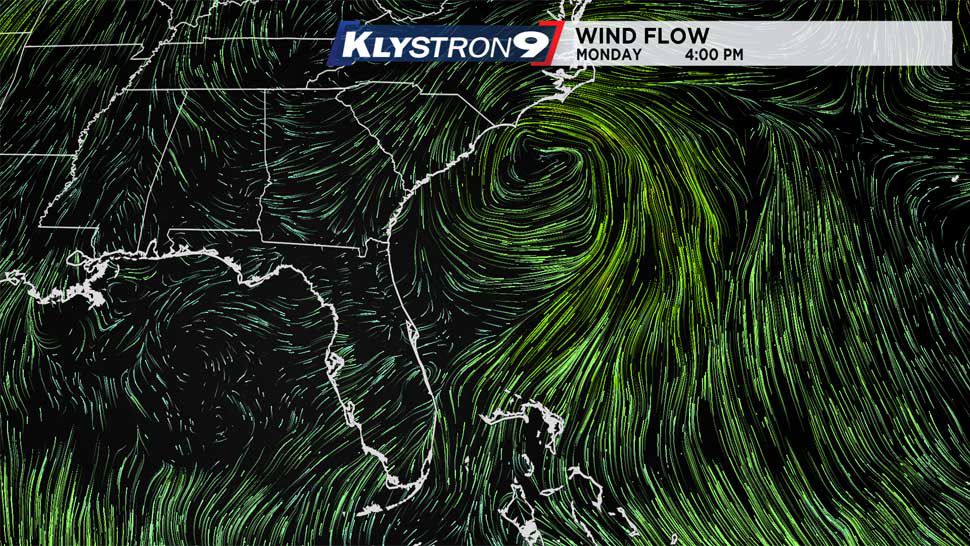TAMPA, Fla. — Here at Spectrum Bay News 9, we pride ourselves on our state of the art radar technology — Klystron 9.
Most people know that weather radars detect rain in the area, but Klystron 9 can do a lot more than that.
So how does it work?
Klystron 9 can sample storms in three dimensions using dual-polarization of the radar pulses. Dual-pol helps our meteorologists identify rain, hail, tornadoes, and sometimes debris from tornadoes.
We saw this with the Kathleen tornado in Polk County where that tornado lofted debris and the radar detected this, confirming to our meteorologists that a strong tornado was on the ground doing damage.
The information Kylstron 9 gathers can be lifesaving, especially in the case of the Kathleen tornado which touched down at night when it is difficult to see any tornado.
Here the top five things you should know about Klystron 9:
- In 2007, Klystron 9 was one of the first five dual-pol radars in the United States. Dual Polarization Radar is able to view storms in three dimensions.
- It can emit pulses up to 2,000 times a minute when scanning storms.
- In one week, the radar spends 2 hours of time transmitting; the rest is spent listening for return signals.
- At 300 miles away from Klystron 9, the radar beam is sampling storms at 41,000 feet. The further away from the radar, the higher the radar beam. This is due to the curvature of the Earth and the 0.5 degree tilt of the radar. Therefore, when storms are spotted on the radar 300 miles away, you know it’s a towering storm for the radar to sample it that far away.
- Klystron 9 doesn’t just see precipitation within a storm. It can also measure how fast precipitation is moving toward or away from the radar. This helps us detect rotation within thunderstorms that at times, can produce tornadoes.



